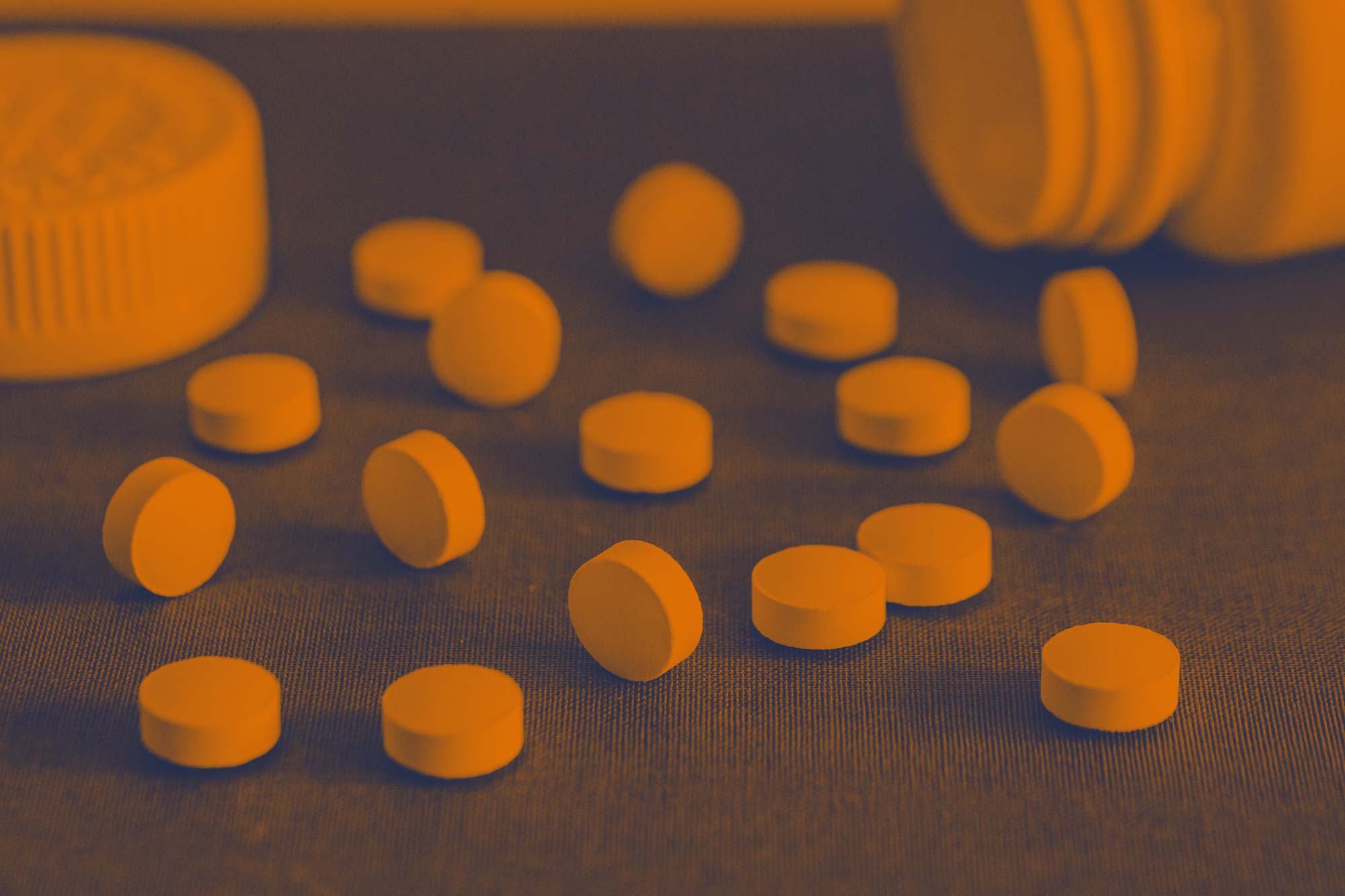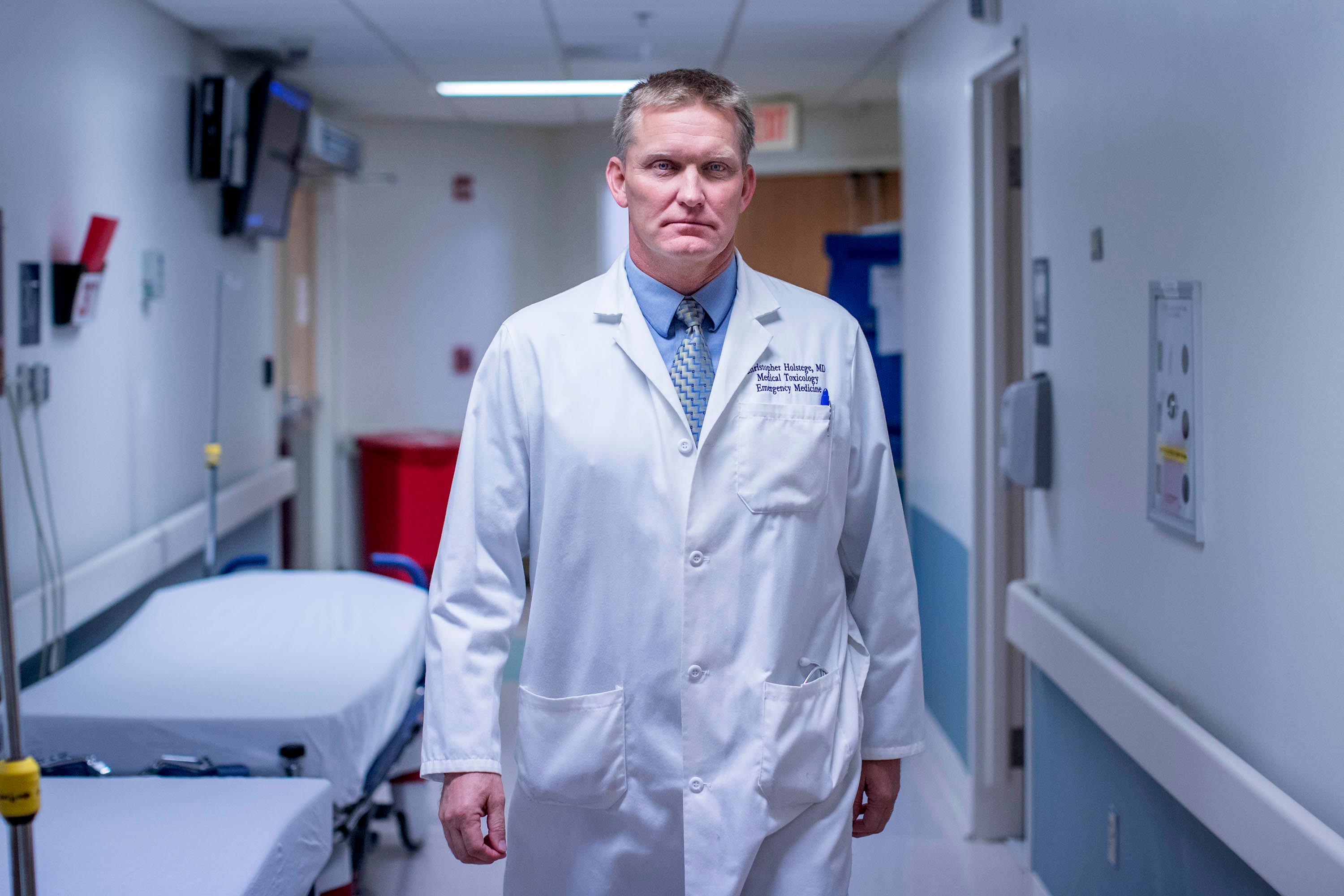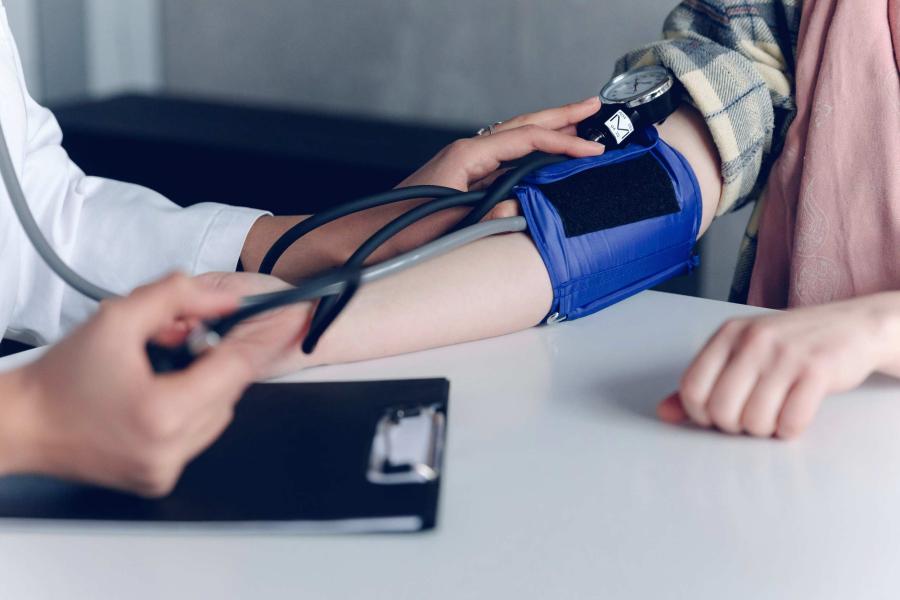Suspected suicide attempts by poisoning among children ages 6 to 19 reported to U.S. poison centers increased 26.7% between 2015 and 2020, which UVA Health researchers say highlights the country’s growing mental health crisis among kids.
The findings are based on a review of cases reported to the National Poison Data System as “suspected suicides,” which encompass both attempted suicides and deaths by suicide. The total number of suspected suicides by self-poisoning increased from 75,248 in 2015 to 93,532 in 2020, with girls accounting for 77.9% of pediatric self-poisoning cases during these six years. This increase occurred while overall calls to the nations poison centers decreased.
The largest increase in the rate of suspected suicides occurred in children ages 10 to 12, growing 109.3% between 2015 and 2020, though all pediatric age groups saw increases.
“The impetus for our research team to perform this study was that we began to notice an increase in younger-aged children attempting suicide by acute overdoses in our clinical practice at UVA Health,” said Dr. Christopher Holstege, medical director of the Blue Ridge Poison Center and chief of the Division of Medical Toxicology at the University of Virginia School of Medicine. “We were disturbed at our institutional numbers and decided to perform research on the national numbers – which confirmed that this increase was not just a local issue, but a national issue.”




